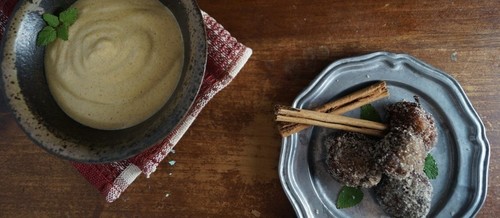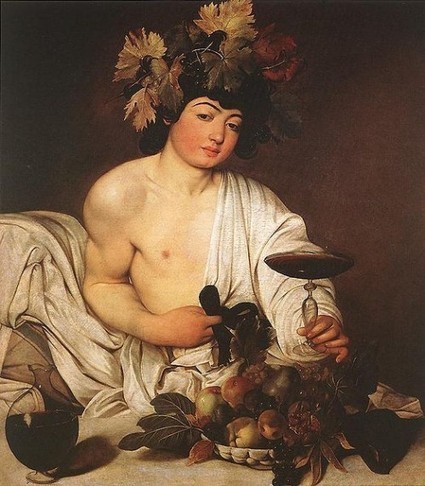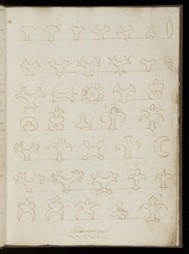See on Scoop.it – Historical gastronomy
I discovered the cookbook of Bartolomeo Scappi this summer at a medieval food lab (yep, I’m a dork), and was so diverted by the wonderful recipes in the book that I quickly added a few of them to my queue. … Although Scappi provides much more detail about his methods of cooking, as well as proportions for ingredients, these recipes fought back a little. It took a few tries, and even now, I’ll probably take another crack at them to try and perfect the recipes. For those unfamiliar with these dishes, they are traditional Italian desserts. Zeppole are like little fried doughnut holes, and Zabaglione is like a thick alcoholic pudding.
See on www.innatthecrossroads.com




